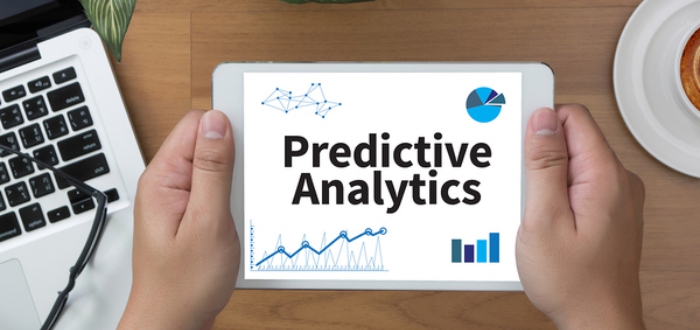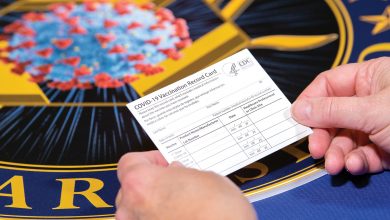How HR Professionals Are Using Predictive Analytics
Data can provide insight into employees’ future behavior
In the HR field, predictive analytics have become an effective way to manage employees, making decisions based on the actions data tells HR professionals they are likely to take. Using analytics for continuous improvement in hiring and other HR functions can give companies an edge over their competition and help them acquire and retain the best possible talent.
Using Predictive HR Analytics in Recruiting
One way HR professionals can use predictive analytics is in the recruiting process, to identify which candidates are most likely to perform well and be retained the longest. Culture surveys can also be used to gather data that can gauge how candidates will fit into the existing company culture.
Workforce planning is another area where predictive analytics can be useful in recruiting, revealing where gaps in the workforce are likely to appear in the future so that recruiting efforts can be maximized in those areas. Turnover modeling and rate of expansion are some of the data used in workforce planning analytics. Predicting the potential for advancement can also be an important factor in accurate workforce planning as well.
Predictive analytics can even be used to see the expected response rate for different job postings and advertisements, which can help HR professionals know which methods of advertising will be most worthwhile. In these ways, predictive analytics can lower the cost of recruiting and hiring while simultaneously finding better candidates.

Predictive Analytics for Other HR Functions
Once employees are hired, predictive analytics can be used to measure various other HR metrics that lead to better retention and also dovetail with workforce planning in some ways. Measuring employee satisfaction predicts retention, and employee engagement is another measure that can let employers know whether they need to improve in order to retain employees.
Risks and Pitfalls of Predictive Analytics
While predictive analytics can be highly useful–even integral–to maximizing performance, its usefulness depends on the same thing that determines the quality of research studies: good data. Unfortunately, there is plenty of iffy to bad data out there that doesn’t accurately reflect trends or behaviors. Not only do HR professionals need to use predictive analytics as part of their HR best practices, but they also need to evaluate the data being used to create those analytics to ensure that it will give accurate results.
When companies are making management and executive decisions based on predictive analytics, it shouldn’t involve blind faith that will take it wherever the data leads. Using evaluation skills to determine whether the data is sound will keep the company from veering off course and following a false path.
For more information about advanced HR technologies, see the related article that discusses “why is diversity important in the workplace?”
Florida Tech offers advanced degrees in human resource management to prepare HR professionals to help companies improve their hiring and management processes. Learn more about our master’s program in human resource management to see if it can help you reach your career goals in the HR field.
%CODE1%





